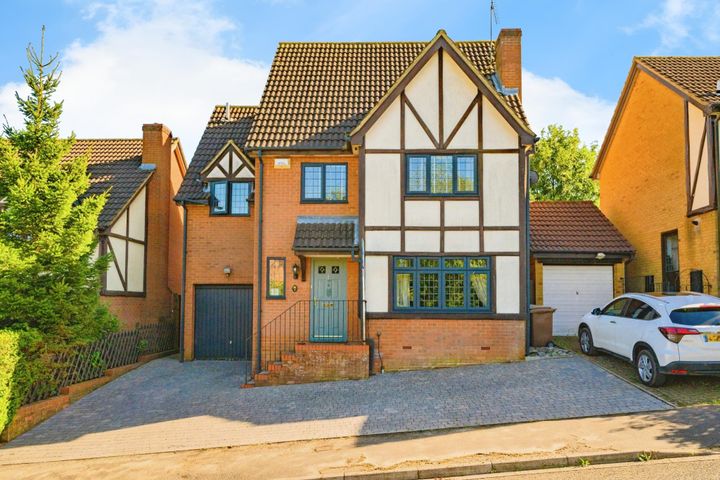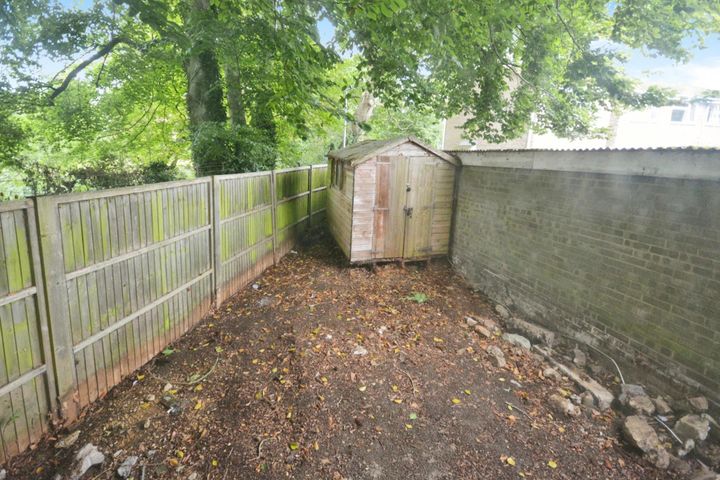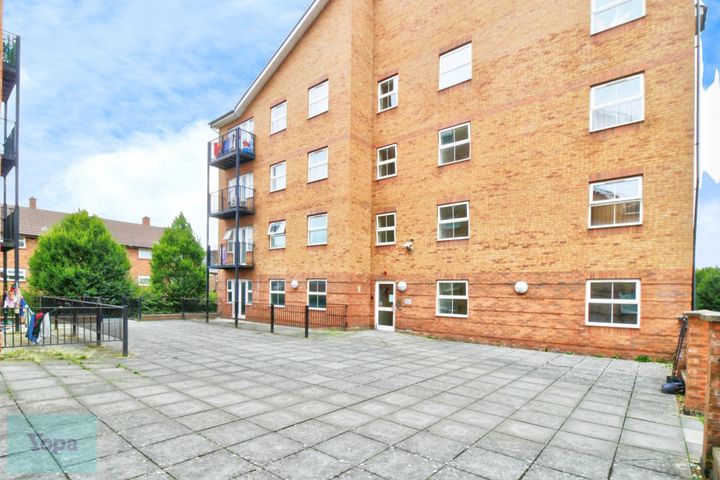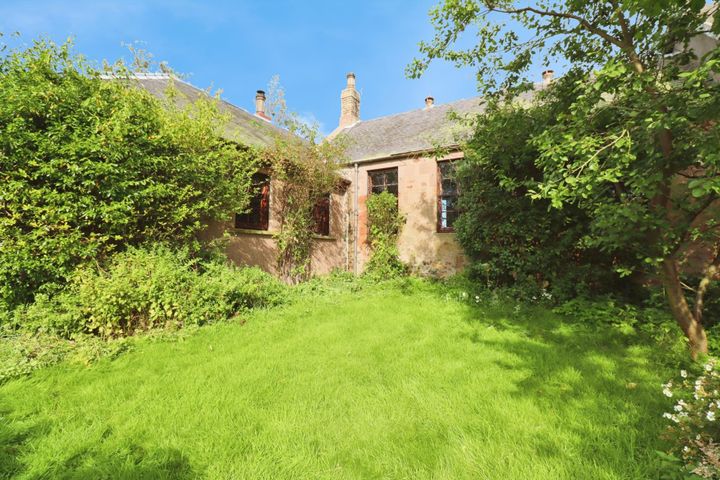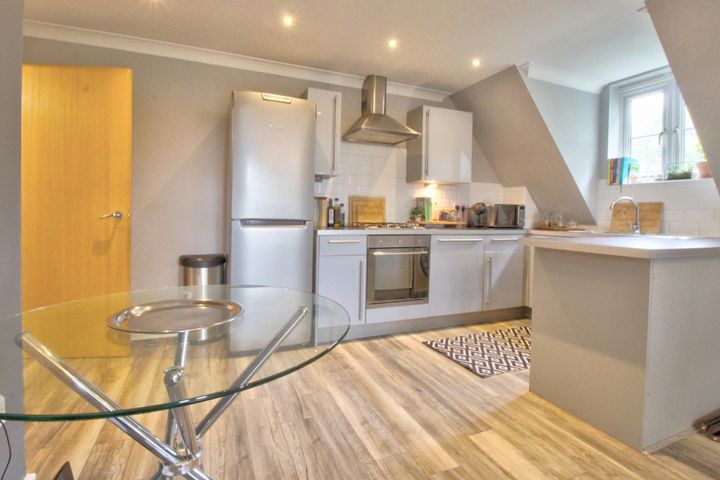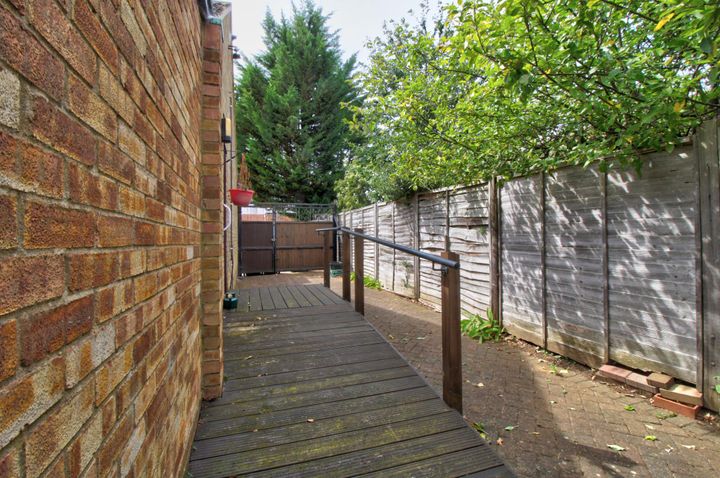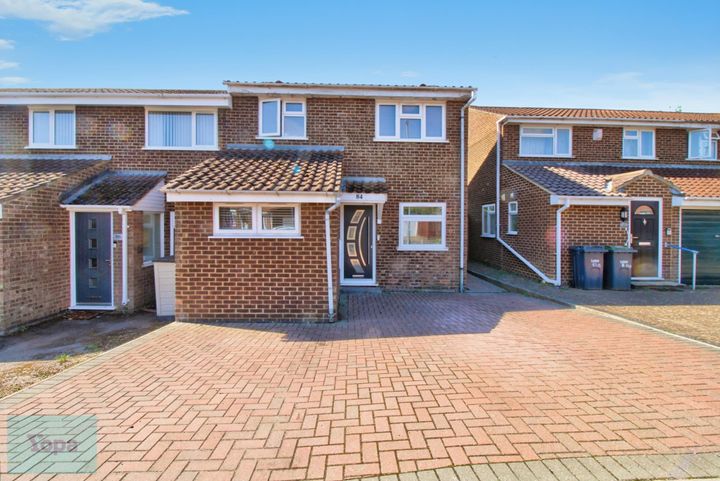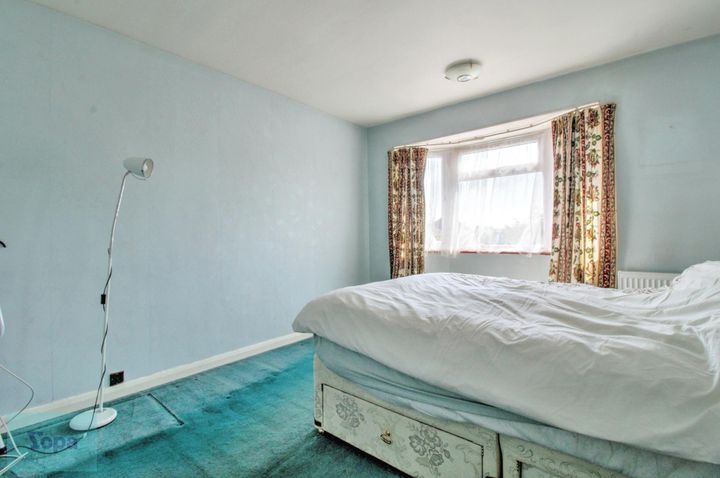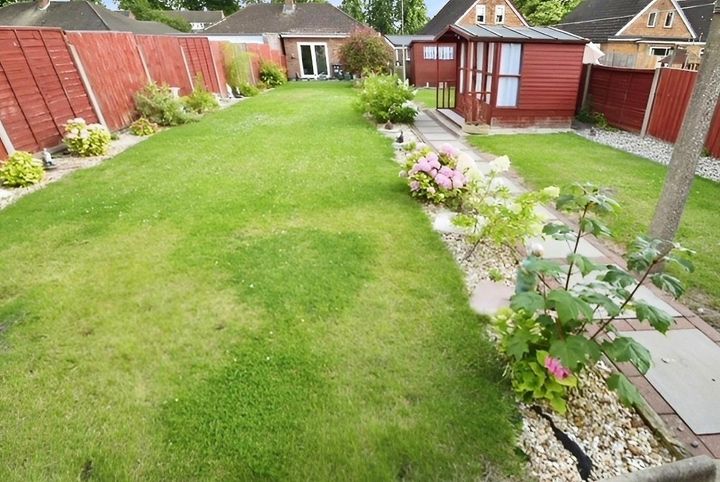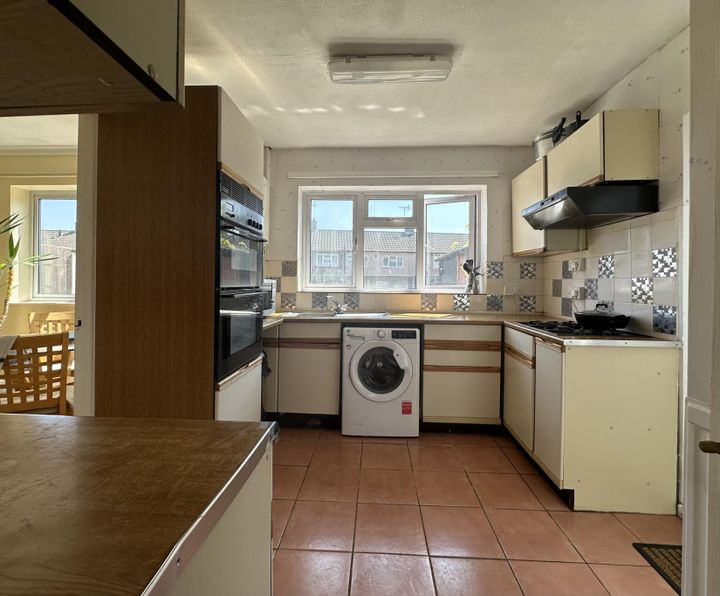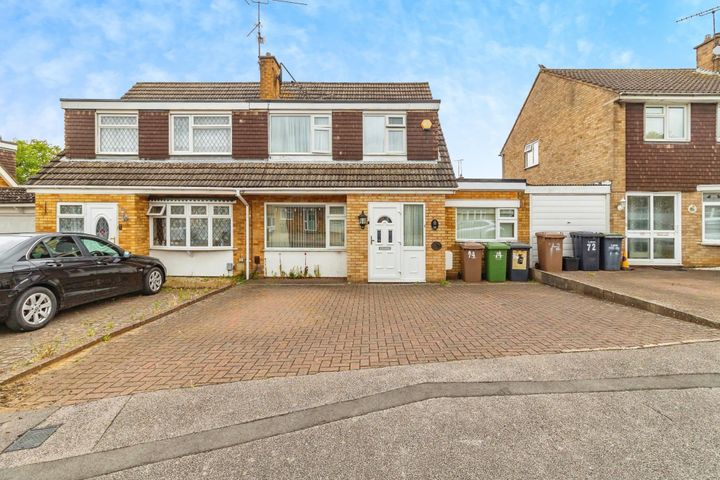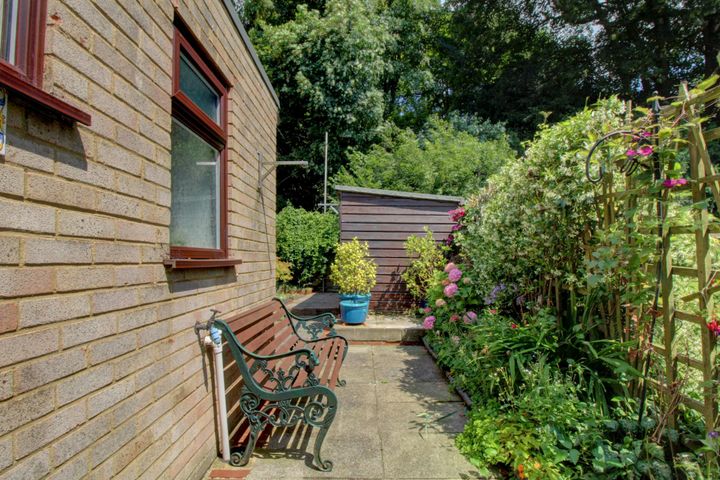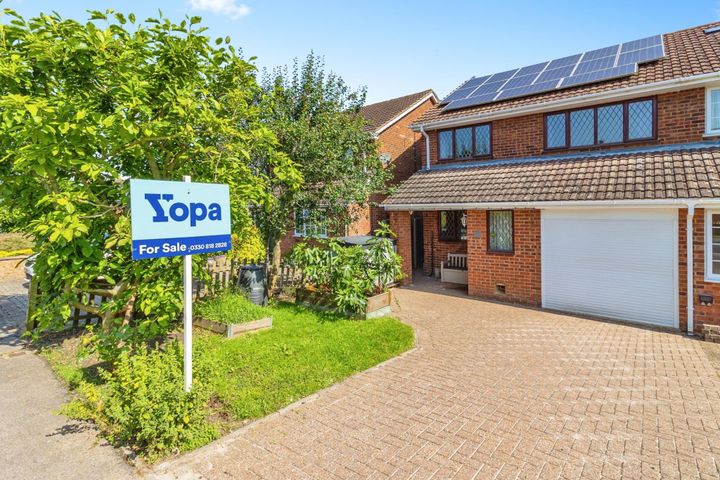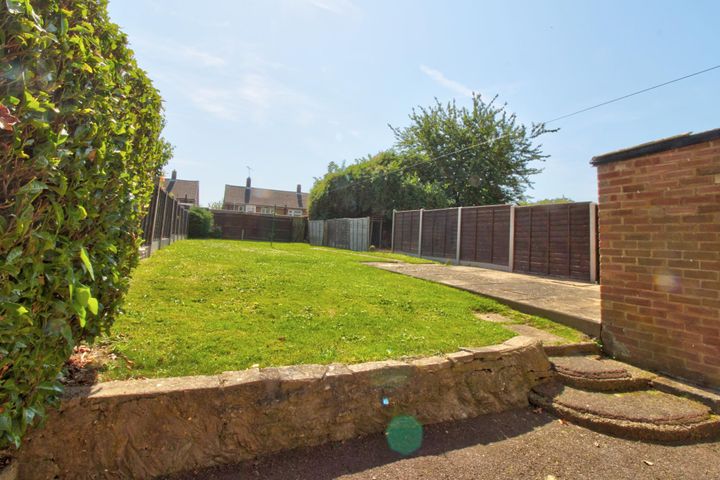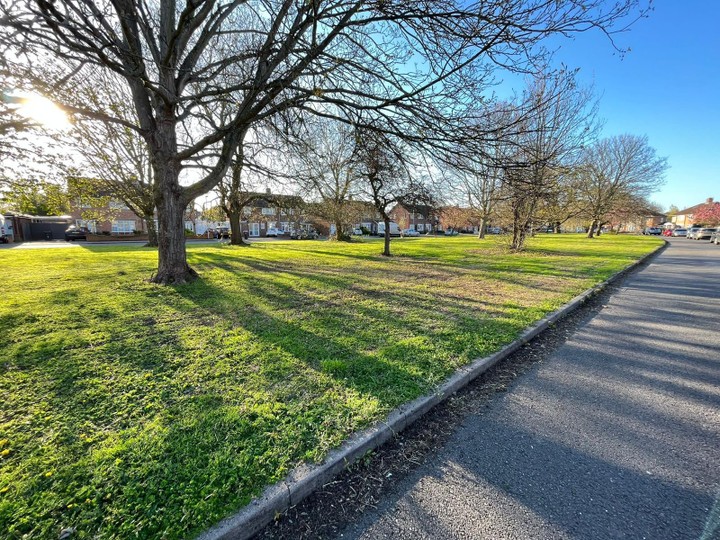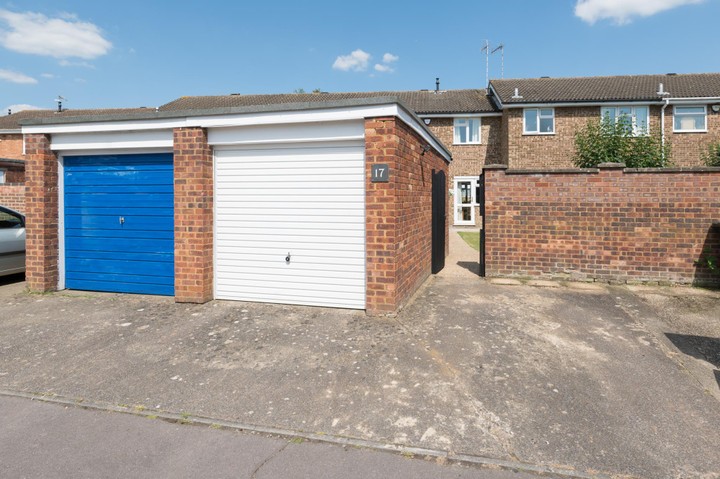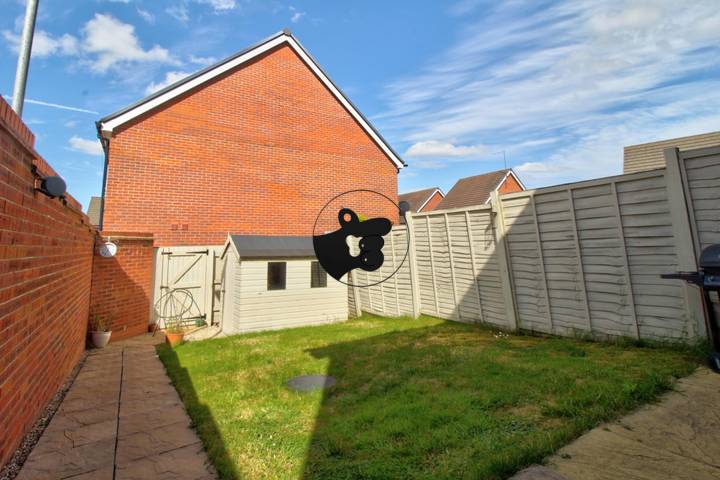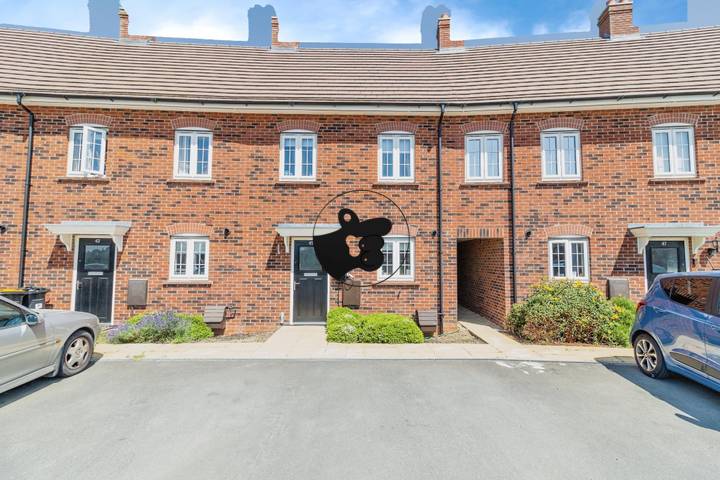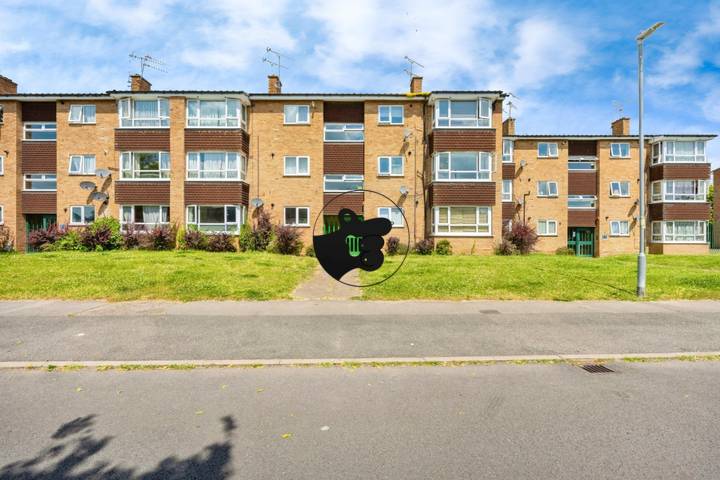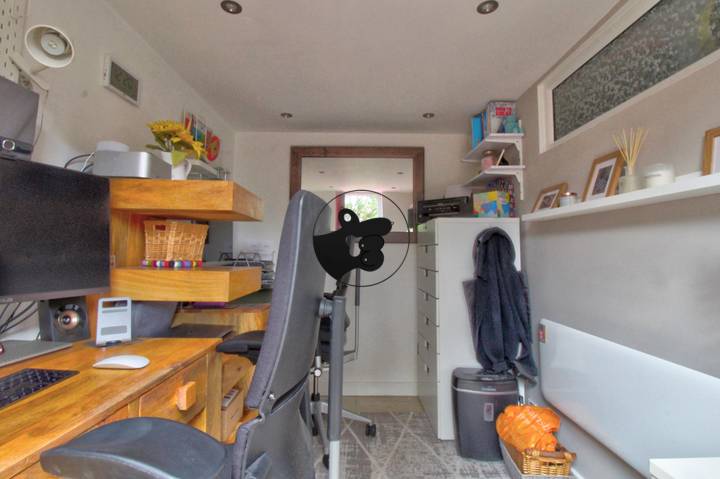Real estate prices in Bedfordshire are influenced by several key factors, including location, transport links, and local amenities. Areas like Luton and Bedford benefit from proximity to London, with easy access to the capital via the Thameslink and East Midlands train services, driving up demand and prices. The quality of local schools also plays a significant role; families often seek properties in areas with good educational institutions, such as those rated “Outstanding” by Ofsted. Additionally, economic factors like employment rates in nearby towns, such as Milton Keynes, can affect real estate prices; a robust job market tends to attract more residents. Furthermore, the appeal of outdoor spaces, like the scenic countryside attributes of the Chiltern Hills, enhances the desirability of certain locations within Bedfordshire, influencing buyer interest and competitive pricing. Lastly, recent developments in infrastructure, such as the expansion of Luton Airport, have the potential to affect local property values, encouraging investment and altering the landscape of real estate demand.
Bedfordshire
Location
Price Range
Any price
Price Range
Minimum
No min
Maximum
No max
Property type
Show all
Property type
Show all
House
Apartment
Building
Other
Bedrooms
Any beds
Bedrooms
Minimum
No min
Maximum
No max
Surface Range
Any surface
Surface Range
Minimum
No min
Maximum
No max
Sale type
For sale
Sale type
Show all
To rent
For sale
Location
Apartments and houses for sale in Bedfordshire
38 results
Recent
Bedfordshire insights
| Aspect | Summary |
|---|---|
| Population | 670,000 (approx.) |
| Average Property Price | £350,000 (approx.) |
| Rental Yield | 4.5% (average) |
| Average Rent | £1,300 per month |
| Occupancy Rate | 90% (approx.) |
| Capital Growth Rate | 3.2% annually (approx.) |
| Property Tax | 1.2% of property value (approx.) |
| Transaction Costs | 3-5% of property price |
| Expected ROI | 7-9% annually |
| Economic Growth Impact | Moderate growth expected due to infrastructure investment |
Bedfordshire FAQ
What factors influence real estate prices in Bedfordshire?
How have property prices in Bedfordshire changed over the past year?
Over the past year, property prices in Bedfordshire have shown a significant upward trend, in line with broader UK housing market patterns. According to recent data, the average house price in Bedfordshire rose by around 8% compared to the previous year, with some areas experiencing even sharper increases. For instance, Luton has seen its property prices surge, driven by its expanded transport links and burgeoning local economy, with an average price now around £270,000. Similarly, areas such as Bedford and Dunstable also reported notable increases, with average prices climbing to approximately £300,000 and £290,000, respectively. The demand for housing in these regions has been compounded by a mix of low-interest rates and a shift toward suburban living, spurring competition among buyers. Rental prices have also mirrored this trend, particularly in towns like Leighton Buzzard, where demand has increased, pushing average rents to around £1,200 per month for a two-bedroom property.
What is the average house price in Bedfordshire?
The average house price in Bedfordshire varies depending on the specific area and property type. As of late 2023, the average price in the county is around £350,000. For instance, in Luton, which has seen significant growth in recent years due to its proximity to London, average prices hover around £320,000. In contrast, towns like Bedford and Dunstable have averages closer to £340,000 and £330,000, respectively. More affluent areas like St Albans, which technically falls under Hertfordshire but is adjacent to Bedfordshire, can reach averages exceeding £500,000. Terraced houses tend to be more affordable, averaging around £300,000, while detached homes in the region often exceed £500,000, reflecting the diversity in the housing market across the county.
Are property prices in Bedfordshire higher in certain towns or areas?
Property prices in Bedfordshire vary significantly across different towns and areas. For instance, towns like Luton and Bedford generally have higher average property prices due to their proximity to London and good transport links. Luton, with its appealing commuter access and growing amenities, often sees homes priced above the county average. In contrast, areas such as Dunstable and Leighton Buzzard may offer comparatively lower property prices, although they too benefit from decent transport connections and local services. The villages surrounding these towns, like Potton and Biggleswade, often attract buyers seeking relatively more affordable family homes, though rural properties can also command premium prices depending on their location and features. Additionally, while areas near parks or scenic countryside tend to be pricier, regions undergoing regeneration, like parts of Luton, are witnessing a rise in property values driven by new developments and investments.
How do local amenities affect real estate prices in Bedfordshire?
Local amenities play a crucial role in shaping real estate prices in Bedfordshire. Access to quality schools, for example, significantly impacts property values, as families often prioritize living near reputable educational institutions. In communities like Luton, where schools consistently receive high ratings, nearby homes can command premiums over similar properties in less favorable school districts. Public transport links also heavily influence market prices; properties in areas served by efficient rail services, such as the Thameslink network, tend to attract higher bids due to their appeal to commuters traveling to London. Additionally, the presence of parks and recreational facilities enhances neighborhood desirability, with areas like Dunstable benefiting from the nearby Dunstable Downs, which attract both residents and visitors. Retail options also matter; houses in proximity to shopping centers, like those found in Bedford town center, typically see increased demand, further driving up prices.
What is the forecast for real estate prices in Bedfordshire?
The forecast for real estate prices in Bedfordshire indicates a steady growth trend, driven by a combination of factors, including increased demand from commuters seeking more affordable housing options compared to London. Average property prices in Bedfordshire have shown resilience, with a reported increase of around 8% over the past year, largely due to the attractive transport links, such as the Midland Main Line and the A6, facilitating access to larger urban centers. Towns like Bedford and Luton are experiencing significant interest, especially with ongoing developments and regeneration projects. For instance, Luton Airport's expansion has boosted property prices in surrounding areas, while the revival of Bedford's town centre continues to attract buyers. However, factors such as economic conditions and governmental policies on housing can influence future price trends, making it essential to monitor these developments closely as the market evolves.
What role does transportation access play in property prices in Bedfordshire?
Transportation access significantly influences property prices in Bedfordshire, as it directly affects commuters' convenience and local desirability. Areas with good rail links to London, such as Luton and Bedford, often see higher property values due to the appeal for professionals working in the capital. For example, a house in Luton, which boasts a direct train service to London St Pancras, can command a premium compared to a similar property in a more remote village lacking such transport services. Additionally, proximity to major road networks, like the M1 motorway, enhances accessibility and often drives up the price of homes in towns like Dunstable. The presence of transportation hubs can lead to increased demand for rental properties as well, with tenants prioritizing easy travel options for work. Conversely, locations with limited or declining transportation access may experience stagnation or a decrease in property values.


